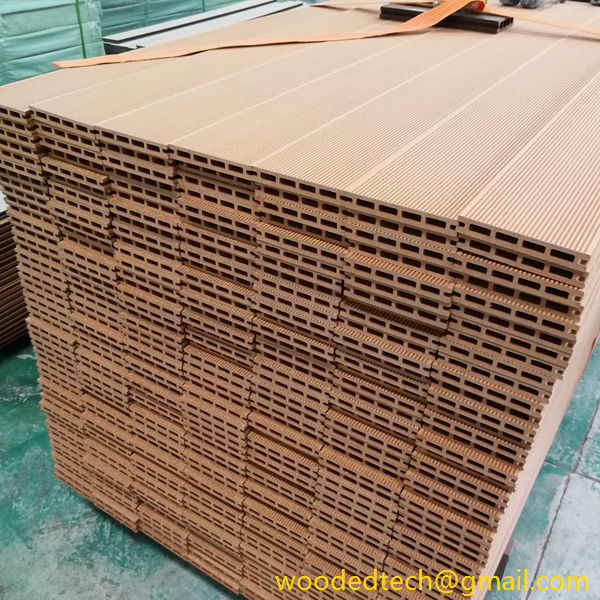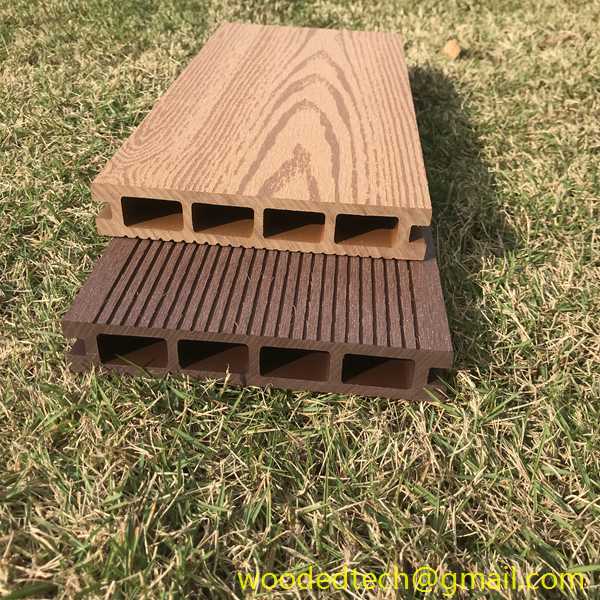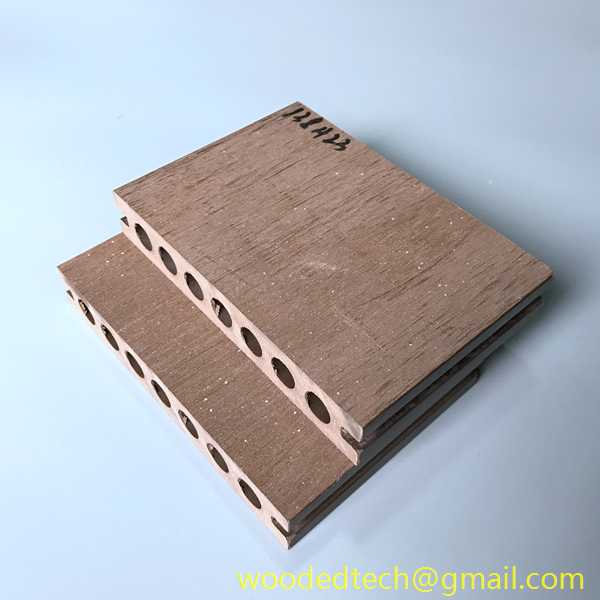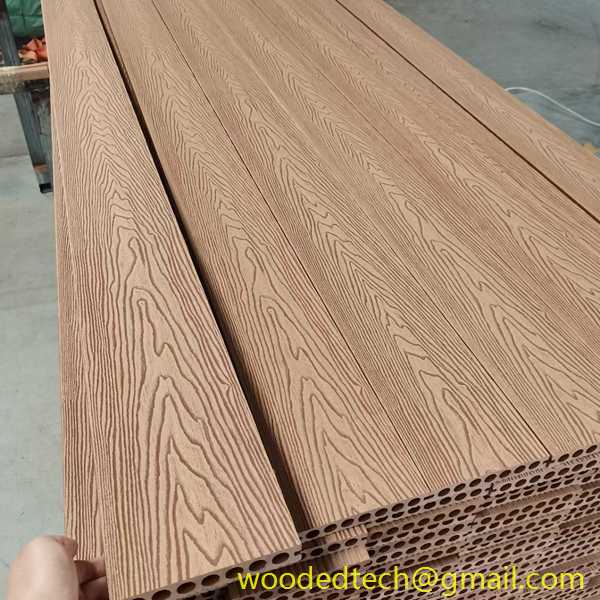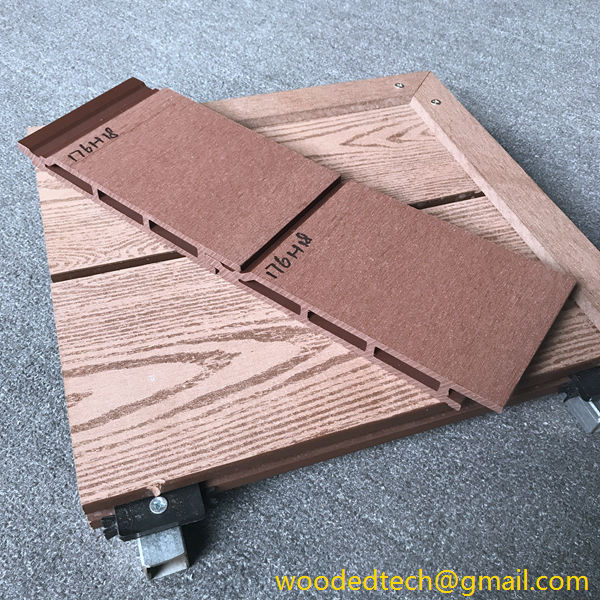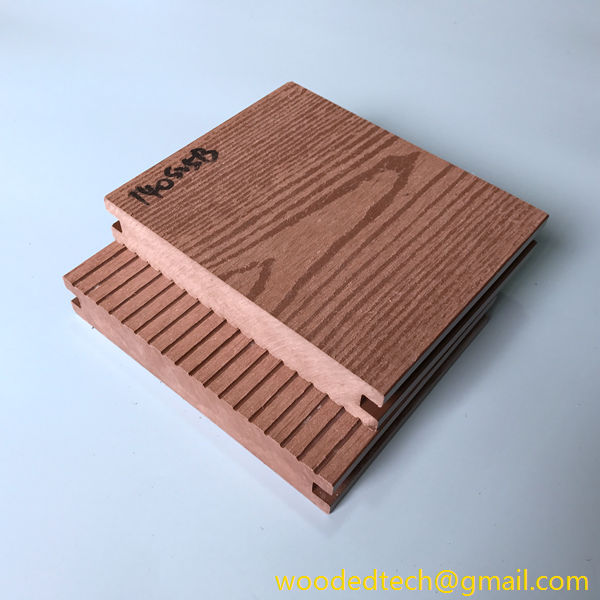Choosing the Right Frame for Composite Decking Installation
When it comes to installing composite decking, selecting the appropriate framing materials is as crucial as choosing the decking itself. The frame acts as the backbone of the deck, providing the necessary support and stability for years of enjoyment. In this discussion, we will explore the significance of global capacity distribution and pricing advantages in selecting the right frame for your composite decking installation.
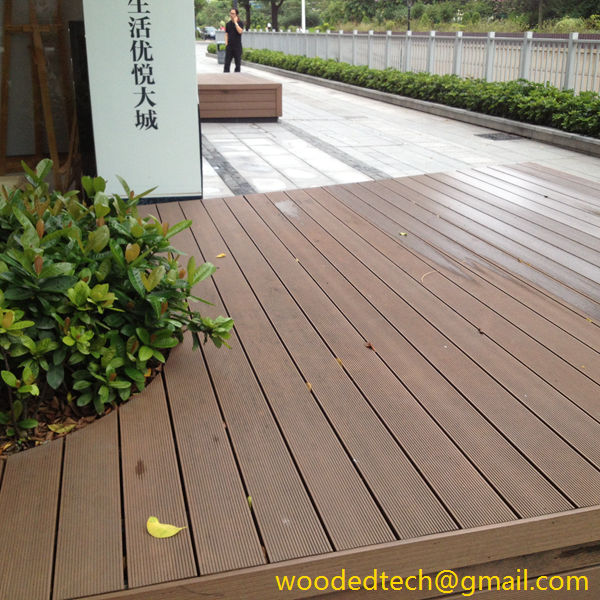
The global market for construction materials, including framing options, has evolved significantly in recent years. Different regions excel in the production of specific materials, leading to varying availability and pricing. Understanding this landscape can greatly influence your decision when it comes to framing your composite deck.
Wood remains a popular framing material due to its natural properties and affordability. Regions with abundant forestry resources, such as North America and parts of Scandinavia, have a competitive advantage in producing high-quality lumber at lower costs. This availability can result in reduced framing expenses for homeowners and contractors alike. However, it is essential to consider the types of wood being used, as some may not withstand the test of time or environmental conditions as well as others. Treated lumber is often recommended for outdoor use, but its longevity can vary significantly based on the treatment process and the wood species used.
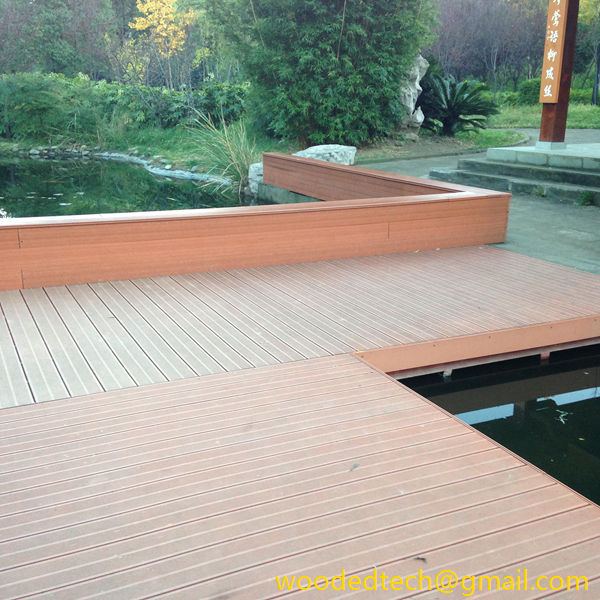
On the other hand, steel framing has gained traction in the construction industry due to its strength, durability, and resistance to warping, splitting, and insect damage. The global production of steel is concentrated in countries like China, India, and Japan, where large-scale manufacturing capabilities allow for competitive pricing. While the initial investment for steel framing may be higher than that of wood, its long-term benefits can outweigh the upfront costs. Steel is non-combustible and can provide greater peace of mind in terms of safety, especially in areas prone to wildfires.
Aluminum framing is another alternative that has emerged as a viable option for composite decking installations. Lightweight and resistant to corrosion, aluminum framing is particularly advantageous in coastal regions where saltwater exposure can compromise other materials. The global aluminum market has expanded significantly, with major production facilities located in countries such as China, Russia, and Canada. This broader availability can lead to competitive pricing, making aluminum an attractive choice for homeowners looking for durability without compromising on aesthetics.
When considering global capacity distribution, it is also vital to take into account the environmental impact of sourcing materials. Sustainable practices in sourcing wood, steel, or aluminum can influence both the price and the quality of the framing materials. Many consumers are becoming increasingly aware of the importance of sustainability, prompting manufacturers to adopt eco-friendly practices. For instance, sourcing wood from certified sustainable forests can not only ensure the longevity of the material but also support responsible forestry practices. As a result, opting for sustainably sourced materials may come with a slightly higher price tag but can contribute positively to the environment and enhance the appeal of your deck.
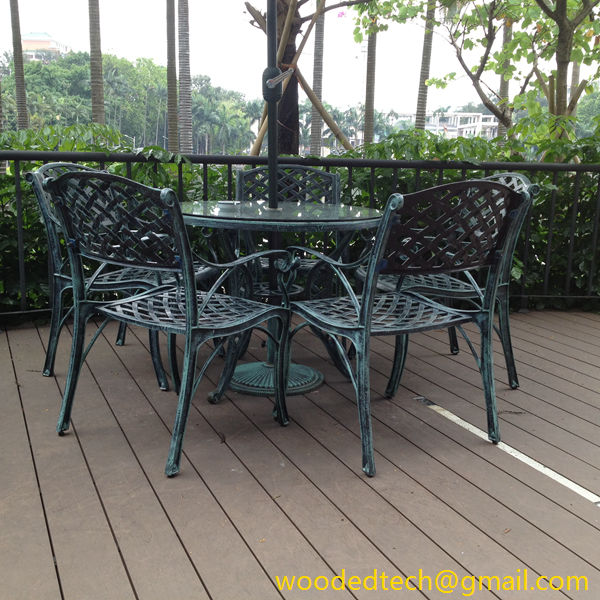
In addition to the type of material, the design and engineering of the frame play a significant role in the overall performance of the deck. Factors such as spacing, spacing methods, and load-bearing capabilities should be carefully considered. Some manufacturers offer pre-engineered framing systems designed specifically for composite decking, which can simplify the installation process and ensure optimal performance. These systems may come with a higher upfront cost but can save time and labor in the long run.
Finally, while price is an essential consideration, it should not be the sole factor influencing your decision. Quality, durability, and the intended use of the deck should all be weighed alongside cost. The right frame will not only support your composite decking but will also enhance its longevity and performance.
In conclusion, choosing the right frame for composite decking installation involves a careful evaluation of global capacity distribution and pricing advantages. Understanding the availability and cost of different materials, such as wood, steel, and aluminum, will empower you to make an informed decision. Additionally, considering sustainability, engineering design, and overall quality will ultimately lead to a successful installation that provides enjoyment for years to come. By investing the time and effort to select the right framing materials, you can help ensure that your composite deck stands the test of time while also aligning with your budget and environmental values.

